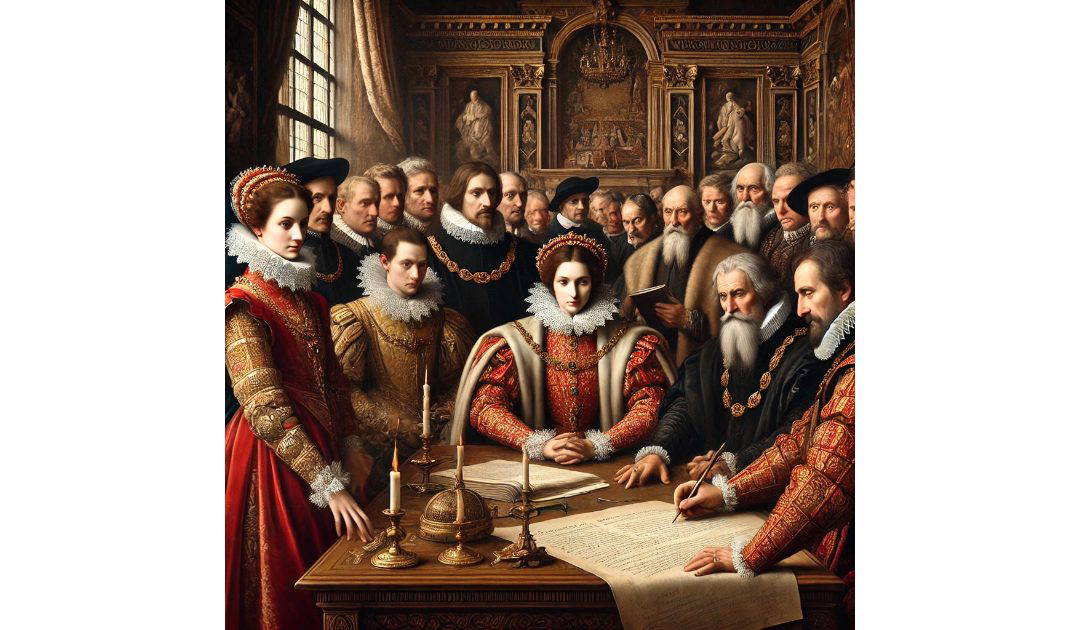On the 19th of March, 1563, the Edict of Amboise was signed. Amboise is a location in my work in progress, the fifth book of the Sir Anthony Standen Adventures. It is where Leonardo Da Vinci spent his final years, and where he lies in his tomb.
The Edict of Amboise was a pivotal yet temporary attempt to bring religious peace to France during the turbulent French Wars of Religion (1562–1598). Issued by Catherine de’ Medici, acting as regent for her young son King Charles IX, the edict aimed to reconcile the bitter divisions between Catholics and Huguenots (French Protestants). Though it provided limited toleration for Protestants, it failed to end the deeper conflicts that would plague France for decades.
By the mid-16th century, France was deeply divided between Catholics and the growing Protestant Huguenot minority, inspired by the teachings of John Calvin. Tensions erupted into open conflict in 1562 when the Massacre of Vassy, carried out by the Catholic Duke of Guise, led to the outbreak of the First War of Religion.
The war saw major battles, assassinations, and shifting alliances, but neither side could claim a decisive victory. With both factions exhausted and in need of respite, negotiations led to the signing of the Edict of Amboise in March 1563.
The Edict of Amboise was a compromise rather than a full endorsement of religious tolerance. Some of its main provisions included:
- Limited Protestant Worship: Huguenots were allowed to practice their faith, but only in restricted areas—specifically in certain noble households and designated towns.
- Nobles’ Rights: Protestant noblemen were granted the right to hold services on their estates, which benefited the aristocracy but left commoners with fewer protections.
- Restoration of Property: Catholic churches and property seized by Protestants during the war were to be returned.
- Political Amnesty: Huguenots who had taken up arms were granted a form of political pardon, preventing further legal persecution.
While the edict halted immediate hostilities, it was more of a temporary truce than a lasting solution. It favoured moderate Protestants but alienated radical Huguenots who wanted full religious freedom. At the same time, hardline Catholics saw any concession to Protestantism as unacceptable.
By 1567, tensions flared again, leading to renewed conflict in the Second War of Religion. This cycle of fragile peace and renewed war continued until King Henry IV’s Edict of Nantes (1598), which granted broader religious freedoms.
The Edict of Amboise was one of many short-lived peace agreements in France’s bloody religious wars. Though it failed to bring lasting stability, it set a precedent for future efforts at religious tolerance. It reflected the difficulty of governing a religiously divided kingdom and foreshadowed the broader policy of coexistence that France would struggle to achieve over the next four decades.

